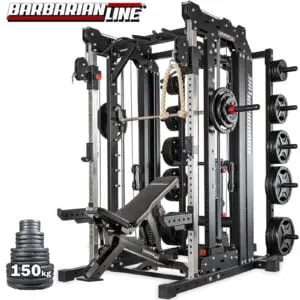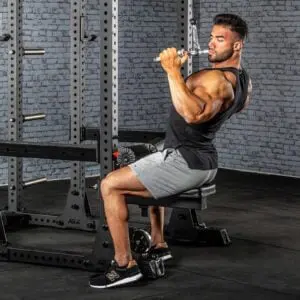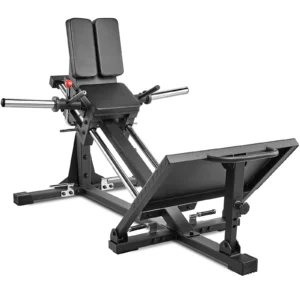 What it takes to make Gym Equipment
What it takes to make Gym Equipment

Matt’s decades of experience traveling across China, visiting factories, and refining proprietary designs have shaped Ironmaster into something special. It’s a story of passion, hands-on expertise, and a refusal to settle for off-the-shelf solutions.
Matt began by contrasting Ironmaster’s approach with a common industry practice. “I’ve seen it time and again,” he said. “A lot of fitness brands tour factories, pick from a showroom of pre-made products, and say, ‘Put our logo on that rack or adjustable weight bench, paint it our color, and we’re good.’” It’s a low-effort path – no R&D, no engineering, just cosmetic tweaks. “Factories in China know this,” Matt explained. “They’ve got warehouses full of samples – new concepts, inspired designs – and brands take the easy route, negotiating costs and pushing it to market.” While some pieces might look fresh, Matt’s found they often fall short when put to the test.
“I’d spot interesting equipment and spend time training on it,” he said. “Everything I’ve designed comes from my own experience – I still lift, our team lifts, and we’ve got users like you giving feedback.” That hands-on approach drives Ironmaster’s focus on ergonomics and functionality. “A lot of what I’ve seen in China looks impressive,” Matt admitted, “but the fit, feel, or stability just isn’t there. The people designing it might nail the look, but they miss what makes it work – the geometry, materials, and tolerances that feel right and deliver results.”
He shared two striking examples. “One factory built a leg press hack squat machine from a photo,” he recalled. “It looked great, but the guide rails were steel-on-steel sleeves – no rollers or bearings. It’d bind under heavy weight because they didn’t realize how much load it needed to handle.” Another time, Matt ordered a hex trap bar, expecting the standard 86 inches. “I got one 86 centimeters long – less than half the size,” he said, chuckling. “You couldn’t even use it.” These weren’t just flukes – they highlight a disconnect. “Most manufacturers I’ve visited in Asia don’t have staff who train,” Matt noted. “They’re focused on production, not the user experience.”
I jumped in with my own take from working with Powertec years back. “I told the owner, ‘Get these guys training,’” I said. “They were wizards at building – tearing things apart, welding with sparks flying, no safety gear – but they didn’t know what felt right.” Matt nodded. “They’re skilled, but without that passion for lifting weights, they miss the mark,” he said. “Even when they adapt, things like range of motion can be off – a lot of Chinese workers are shorter, so equipment might not suit taller users in places like Australia, America, or Europe.”
That’s where Ironmaster stands out. “We design for everyone,” Matt emphasized. “It takes dedication to get the geometry right for a range of sizes, ensuring it’s comfortable and effective.” But it’s not just about fit – it’s about longevity. “We’re not building gear to scrape by the warranty period,” he said. “It’s a long-term investment – thoughtful designs that perform and last.” Unlike brands slapping logos on generic frames, Ironmaster’s proprietary process – rooted in real training insights – delivers equipment that’s as durable as it is functional.
In essence, Ironmaster’s edge lies in its refusal to compromise. Matt’s treks through China’s factories didn’t lead to shortcuts; they fueled a commitment to quality you can feel. My thanks to him for the insight – it’s clear this isn’t just gear, it’s a labor of love built by lifters, for lifters.

 What it takes to make Gym Equipment
What it takes to make Gym Equipment 







